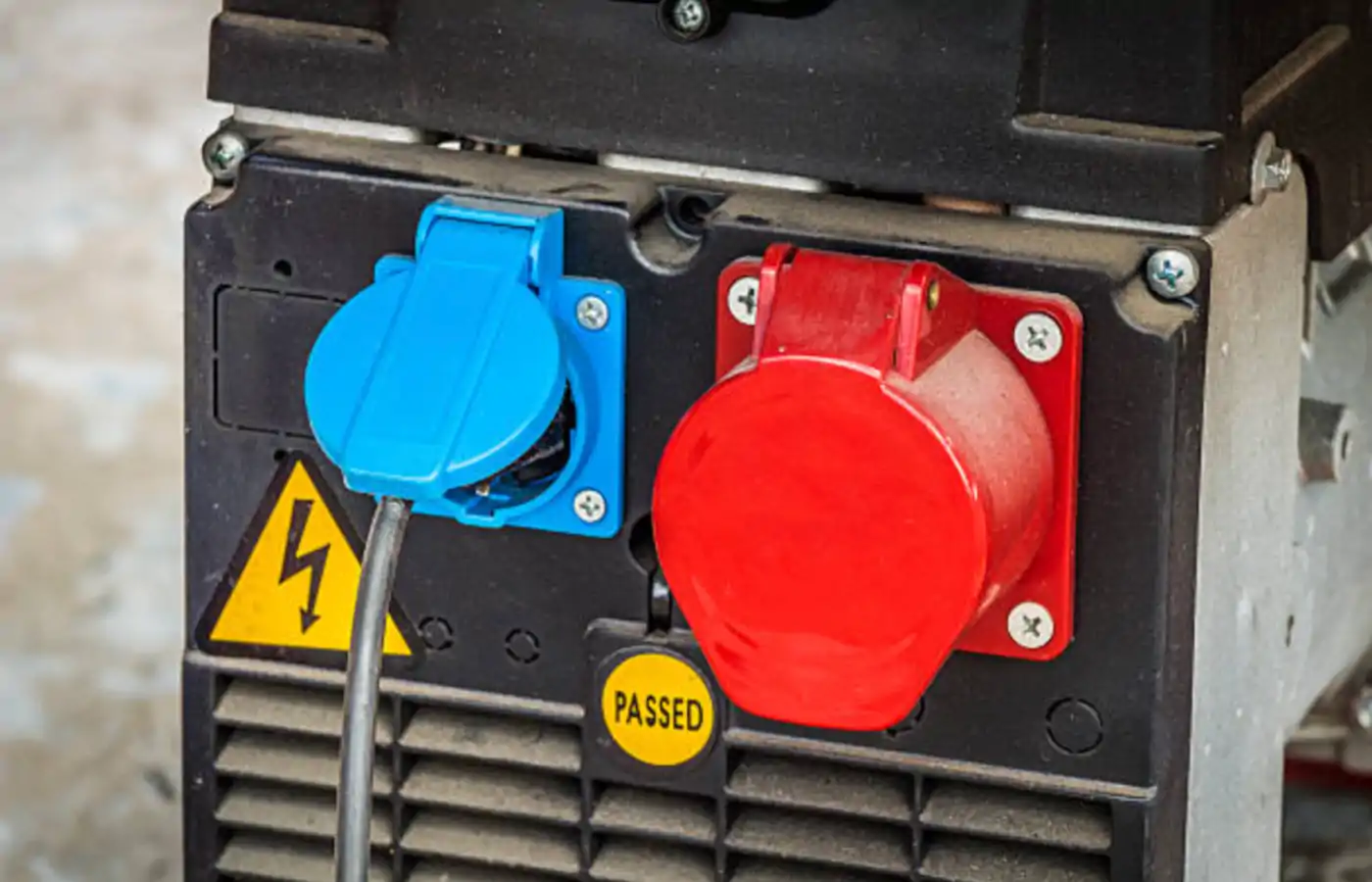The modern reality is that we live in a high-tech world and are absolutely dependent on electricity. As soon as the light is turned off, all areas that ensure normal life activity stop: production, medicine, and everyday life. That is why in such situations a reliable alternative source is needed. For Example – Gasoline generators. Which will provide electricity to one or another object. Such a solution has long been found and its name is a gasoline generator. This power unit is an independent system designed to produce electricity from liquid fuel (gasoline).
What is a gasoline generator?
A gasoline generator (gas generator, gasoline power plant) is a generator that uses a gasoline internal combustion engine as the primary engine. Gasoline generators are mainly used for backup power supply. The main use of gasoline power plants is an emergency power source. In cases where you have a constant source of electricity. But there are moments of blackouts and interruptions. In addition, such power plants are convenient to use in places where there is no electricity (in the mountains, and forests).
Gasoline consumption for these generators averages from 1 to 2.5 liters per hour of operation. Their disadvantage is a small resource of continuous operation – from 4 to 11 hours. A gasoline-powered generator is not suitable for a permanent power supply but is used with great success as a temporary source of power.
Types of gasoline generators
- Inverter portable gasoline generators with a power of up to 1 kW. Can be made in the form of a small suitcase. Convenient for home use or during transportation, are used for low-intensity electricity consumption at home or in the countryside. Often equipped with two-stroke engines.
- Inverter gasoline generators with a power of up to 6 kW. Can be made in the form of a monoblock with wheels for ease of transportation or mounted in a frame. Are used for medium power consumption and as backup sources for short-term power outages. They usually have four-stroke engines;
- 10 kW gasoline generators – for intensive use in professional applications, such as in industry or construction.
How to use it?
There are different ways to power such a unit:
- Toggle switch – this is the easiest and most affordable option. Provides for the use of a toggle switch (reversing switch) with three positions “1-0-2”. Position “1” means that the object (office, cottage) is connected to a common power grid; position “0” – power off; position “2” – transition to a backup power source (generator);
- Simplified ATS- in this case, a simple ATS unit is used, which consists of two contactors, automatic switches, and electromechanical protection. The device works according to the following algorithm. After turning off the main network, the user starts the gasoline generator. Then it warms up, turns on the contactor, and produces light. When the network returns, the contactor of the unit turns off and the main light appears;
- AVR automation unit – this method is characterized by full automation of the process. When the main light is turned off, the automation independently turns on the gas generator, warms it up, and switches the load. As soon as the power supply to the main network is restored, the ATS transfers the load there and stops the station. The only disadvantage of starting a gasoline generator in this way is the high price of the automation unit and installation work.
Famous brands of gasoline generators
The choice of gasoline generators is now large and for a different budget. Japan is traditionally at the “top” (but also with corresponding prices): Honda, Subaru-Robin, and Yamaha. From whose engines many Chinese models are “licked”. Also produce a wide range of generators, from portable ones with a power of around a kilowatt to almost stationary ones, one – and three-phase.
It is not necessary to introduce Makita separately, although their lineup is decently poorer. We also include the American company Briggs & Stratton. Whose engines for generators are also well-known in themselves and have been copied more than once.
If we talk about European manufacturers, then again the recognized coryphaeus of the market of portable engines. And everything that they can turn is the first to remind of itself – the Swedish Husqvarna.
Available brands
If you choose a gasoline generator for your home (as a backup source of energy in case of a power outage) or for infrequent trips to the country, then it makes sense to pay attention to inexpensive models. The “middle” and “lower” links of the market are already traditionally represented by Chinese companies in the mass. From leaders like Lifan and Zongshen, whose engines are supplied to many other PRC manufacturers, to “Russian type”, “German type” and so on brands. Which can be listed for a long time.
Here, however, it is already difficult to recommend any company “as a whole”: it is more reasonable to talk about specific models. “Koreans” (Daewoo / Hyundai) generally show themselves well, but do not forget: the lower their price, the less Korean in these generators, but more of the same Chinese.

There are no comments yet.